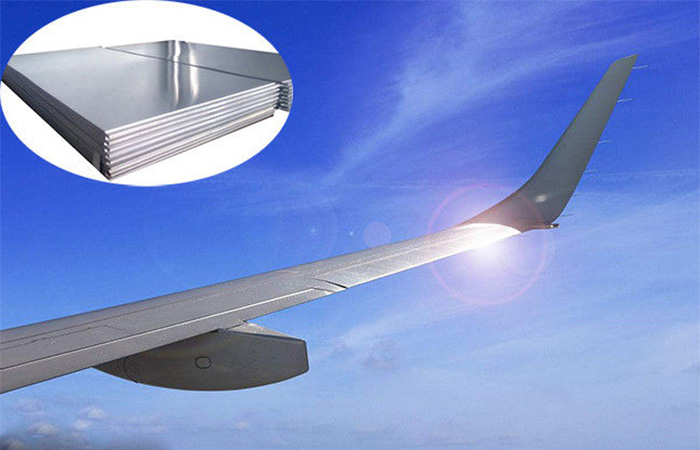Anodized aluminum sheet Mill Finish 1050 1100 3003 5052
In today’s technologically driven environment, the choice of materials can significantly influence product performance, lifespan, and aesthetics. Among metals, aluminum stands out for various outstanding properties such as lightweight, corrosion resistance, and formability. In this landscape, anodized aluminum sheet mill finishes — specifically the 1050, 1100, 3003, and 5052 alloys — play a pivotal role with unique functions and versatile applications.
Insights into Anodizing
Before delving into specific alloys, it's essential to understand the anodization process itself. Anodizing enhances aluminum's natural oxide layer, yielding increased dullness and offering a hard, protective finish that resists scratches and impact. Furthermore, this treatment opens a limitless selection for decorations via dyeing, making anodized sheets more aesthetically appealing.
Working with anodized aluminum sheet in 1050, 1100, 3003, and 5052 alloys, specifically in mill finish, presents a fascinating range of challenges and rewards. The 1050 and 1100 series, being nearly pure aluminum, are incredibly easy to anodize, resulting in a consistent, even finish. However, their softness means they're more susceptible to scratching and denting during processing and handling, requiring extra care throughout the production line. The 3003 alloy, with its added manganese, offers a bit more strength, making it a good compromise between workability and durability. Meanwhile, the 5052 alloy, containing magnesium, boasts superior corrosion resistance, often preferred for outdoor applications, but its anodizing process requires more precise control to achieve the desired aesthetic. The mill finish itself offers a practical, cost-effective starting point, but variations in surface texture and slight imperfections can sometimes impact the final anodized appearance, demanding careful quality control.
My experience reveals the crucial interplay between alloy selection, anodizing parameters, and the final product's intended use. For instance, while a pristine mill finish on a 1050 sheet might be perfect for interior decorative panels, a 5052 sheet destined for a marine application might benefit from a slightly rougher finish to enhance the anodized layer's adhesion. We
Overview of Chemical Composition
- 1050 Aluminum Sheet:
- Circuit Registration: 99.5% pure aluminum
- Characteristics: Excellent corrosion resistance, high thermal and electrical conductivity.
- 1100 Aluminum Sheet:
- Circuit Registration: 99.0% pure aluminum
- Characteristics: malleable, low strength with great ductility catering to aesthetic formed parts.
- 3003 Aluminum Sheet:
- Circuit Registration: 86% Aluminum with Manganese
- Characteristics: Optimal balance of strength and formability, moderate weldability.
- 5052 Aluminum Sheet:
- Circuit Registration: Alloyed with magnesium
- Characteristics: Exceptional corrosion resistance, higher strength, and formability compared to 3003.
Functions and Applications
The characteristics of each alloying material lead to targeted applications across various industries. Let's explore how each grade excels:
1050 & 1100 for Interiors
The 1050 and 1100 surfaces shine brightly in mechanical and chemical environments, primarily developing equipment or supplies where conductivity is critical—like heat exchangers in industrial machinery. Their high polish finish serves cosmetic purposes as well, fitting ideally in architectural details, signage, or decorative items.
3003's Versatility
3003 alloy takes the spotlight where strength meets fabricability. Its superior workability meets a variety of commercial needs, from food and chemical storage tanks to residential siding and mobile homes, making it a sturdy choice for anything requiring fabrication and constant performance.
The Power of 5052
5052 aluminum sheet takes the opportunity of robustness and tensile strength commonly observed in automotive structures and marine crafts. Its role in large constructions which furnish lightweight yet sturdy elements necessitates being everywhere from fabrication of boats to structural corrosion resistances found in public amenities such as bus shelters and elevator chambers.
Environmental Factoring
Another cavalier byproduct of utilizing anodized aluminum sheets is their environmental impact. Opting for aluminum can lead to aesthetic durability while showcasing its 100% recyclability, facilitating sustainability-oriented practices across the manufacturing label. It is also worth noting aluminum garners global support as an associate material for eco-friendly initiatives emphasizing recyclable materials in alphanumeric composites.
https://www.aluminumplate.net/a/anodized-aluminum-sheet-mill-finish-1050-1100-3003-5052.html







